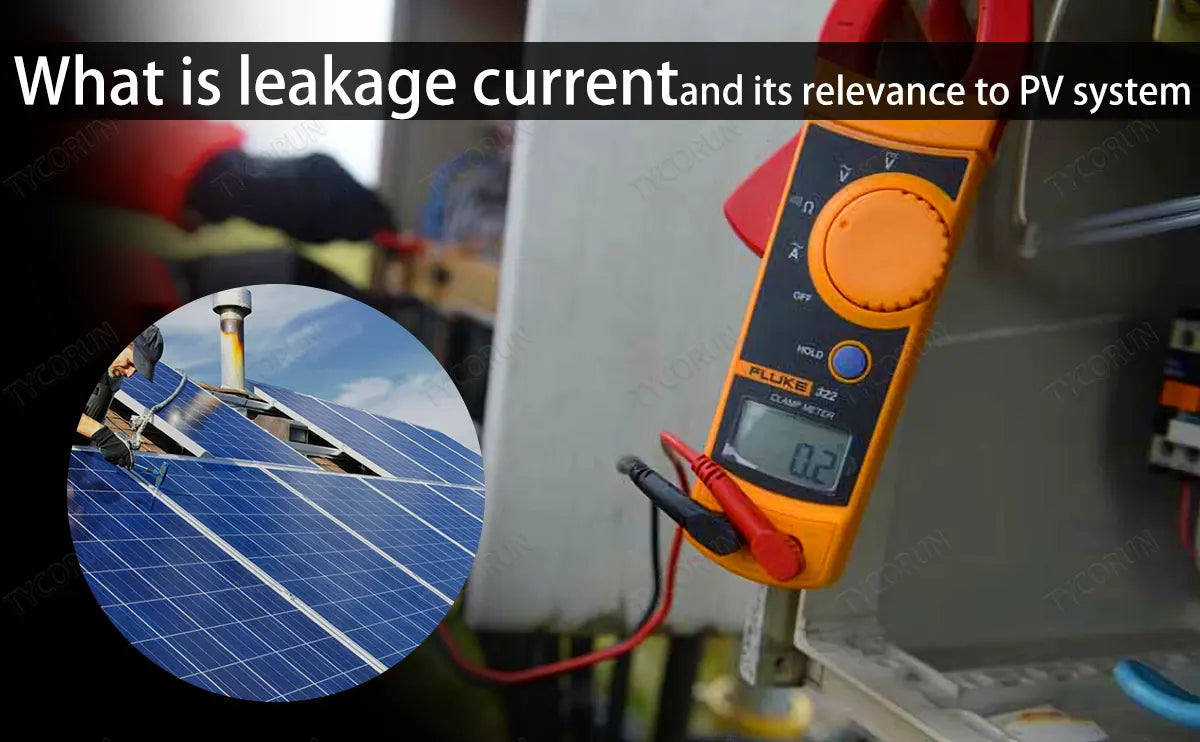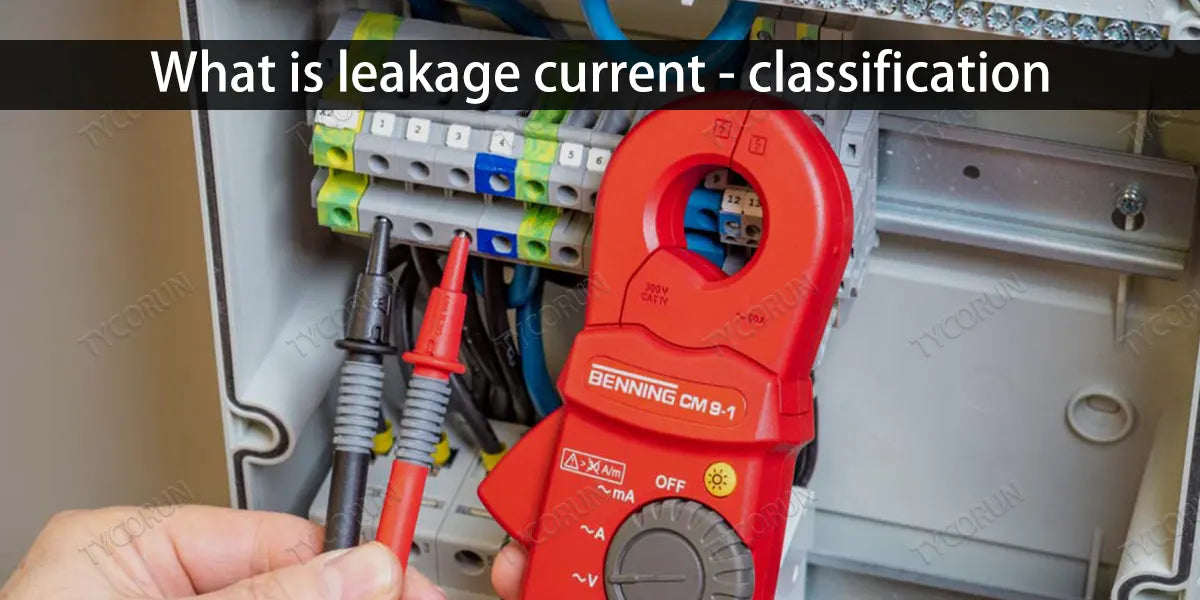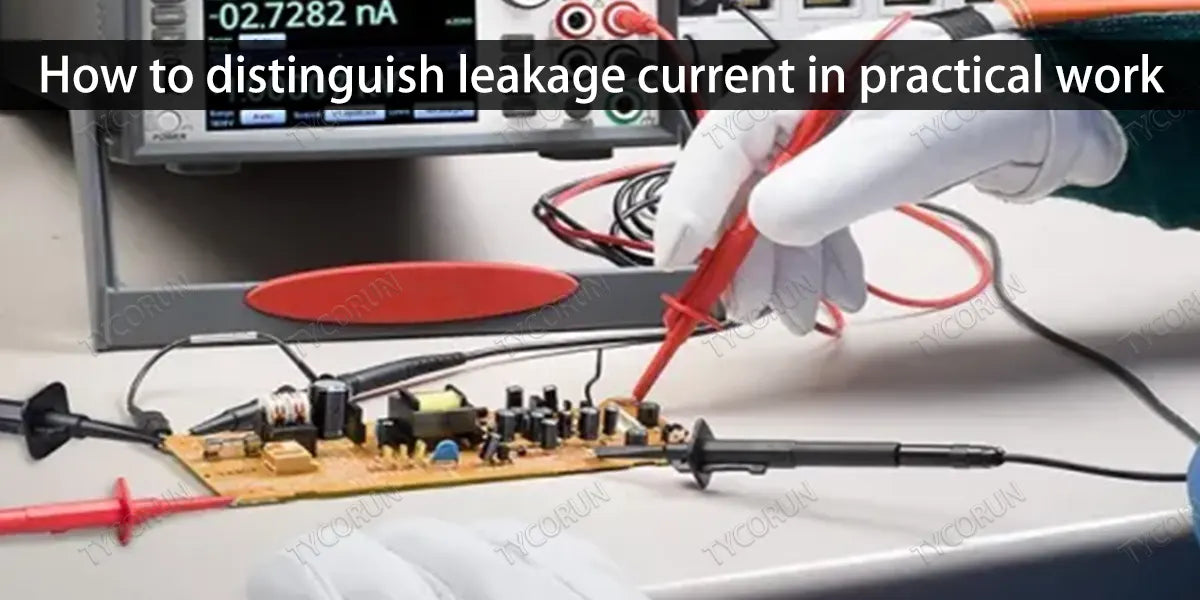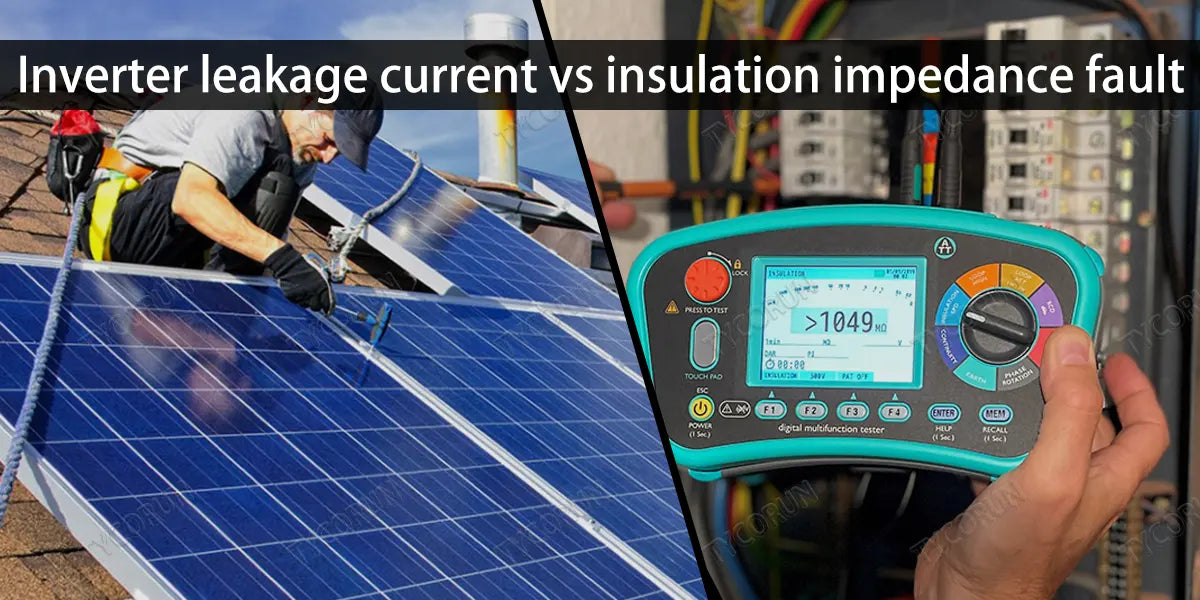
Main content:
With the continuous penetration of electrification in daily life, the safety requirements of the electricity market are getting higher and higher, and the problem of leakage current has received widespread attention.
As a common problem in the modern power system, today we will focus on what is leakage current, how to distinguish leakage current and what safety problems exist in solar system.
1. What is leakage current
Leakage current is a common circuit phenomenon in electrical appliances, which refers to a phenomenon in which the current in the electrical insulation material leaks into the earth.
Leakage currents are not only present in electrical appliances but also in other electrical devices such as cables, wires, plugs, sockets, power adapters, and 3000w inverters, among others. In nature, such as mountains, oceans and other environments, there are also small leakage currents, so leakage currents are inevitable in our life and work.
What is leakage current? This is the current leakage to ground caused by a problem with the insulation of a wire or device. Leakage currents also occur when the device is faulty or overloaded.

When the current input of the equipment itself is greater than the carrying capacity of the equipment, the equipment will have faults such as leakage breakdown and grounding.
2. What is current leak
It is the current generated by leakage. Taking a single-phase circuit as an example, under normal circumstances, the neutral wire and the live wire are the only paths in the circuit.
At this time, the current in the circuit is related to the electrical consumer. If a leak occurs in a circuit, the neutral-live wire is not the only loop. For example, if there is a leakage of electricity on the fire line, it forms a circuit of the fire line - the earth. The leakage protector is to determine whether there is leakage in the circuit by detecting the current on the live wire and the neutral line.
3. What is leakage current - classification
① Touch leakage current
Touch leakage current refers to the current that may flow through the human body when it comes into contact with equipment in different power distribution systems under normal or single fault conditions.
There are two paths for touch leakage current:
Grid power supply - insulation insulation system - human body - ground. The magnitude of this current is determined by the isolation system.
One part of the device flows through the human body to another part of the device, and the magnitude of this current is determined by the device's current limiting circuit.

Touch leakage current flows directly through the human body, which is the main factor of human electric shock risk, and its excessive value will cause click injury to the human body.
② Earth leakage current
Earth leakage current refers to the current that flows into the protective grounding wire of the equipment through or faster than the insulation of the power supply part of the network under normal conditions.
That is, it flows back to the ground through the grounding wire on the power line. With a good grounding wire, this current will not cause click damage to the person.
4. How to distinguish leakage current in practical work
Leakage current and current leak are two terms that are very similar, but in fact their essence is completely different. Therefore, it is necessary to understand what is leakage current.
Although there are all current leakage problems of wires or equipment, the trigger conditions and causes are different. Therefore, based on the fact that the degree of harm of the two currents is also different, the leakage current is a much more dangerous current than the leakage current.
● The hazards are different
- Current leak by electricity
Electric shock hazard: The leakage current will cause the metal shell to be electrified, and the voltage generated is easy to cause electric shock and other hazards to contact.
Asset loss: Excessive leakage current can damage electrical equipment(rv electrical system) and even cause fire, resulting in property damage.

- Leakage current
Risk of electric shock: Ground fault currents caused by leakage currents may pose a risk of electric shock and result in personal injury.
Waste of energy consumption: It will cause waste of electricity and increase the cost of electricity.
Equipment damage: Excessive leakage current will have a negative impact on electrical equipment and shorten the service life of electrical equipment.
Therefore, the hazards of leakage current and leakage current can not be ignored, and the insulation performance of electrical equipment should be ensured, the leakage current and leakage current of electrical equipment should be reduced, and the occurrence of accidents should be reduced. Also pay attention to what is leakage current.
5. How inverter leakage current faults arise
For example, in a home photovoltaic energy storage project, the inverter leakage current fault is reported, and the installer dismantled almost all the DC cables of the module, and did not find the fault point.
Later, the AC line was inspected, and it was found that the insulation of a joint of the AC circuit was damaged, resulting in leakage of the live wire to the ground. At this time, it is important to learn what is leakage current.

In photovoltaic systems, it is common to encounter two fault alarms, leakage current fault and insulation impedance fault. These two kinds of faults are caused by poor insulation, but the places where these two faults occur are not the same, the principle of power inverter 2000 circuit detection is different, and the parts of detection are also different. If you take the same approach to checking, it will often take more time.
● Leakage current fault
Also known as the residual current of the phalanx, it is caused by the presence of parasitic capacitance between the photovoltaic system and the earth. When a loop is formed between the parasitic capacitor, the PV system, and the grid, the loop impedance is relatively small in a transformerless PV system.
The common mode voltage will form a large common mode current on the parasitic capacitance between the distributed pv system and the earth, that is, the inverter leakage current fault. Leakage current in photovoltaic systems, including DC and AC.
If it is connected to the power grid, it will cause problems such as distortion of grid-connected current and electromagnetic interference, which will affect the operation of equipment in the power grid. Leakage currents can also electrify the inverter housing, posing a threat to personal safety.
6. Inverter leakage current vs insulation impedance fault
Leakage current is the sense current, and insulation impedance is the sense resistance. Leakage current detects DC and AC, and insulation impedance is the DC part of detection.
We must first understand what is leakage current. If the insulation layer of the AC cable is damaged, the fault of low insulation impedance will not be reported, only the fault of leakage current. When the inverter has a low insulation impedance fault, only the DC part needs to be checked.

The threshold value of DC insulation fault alarm is 30mA, and the threshold value of leakage current fault is 300mA, so when the insulation layer is damaged in the DC part, the insulation impedance will be reported first, and the inverter will be shut down.
Unless the DC cable is particularly damaged, the leakage current fault will not be reported, and when the inverter has a leakage current fault, the inverter and the AC part are generally checked.
DC insulation is tested at the inverter start-up, and leakage current is tested by the inverter throughout the process. When the DC or AC insulation layer is damaged during the operation of the photovoltaic system, only the leakage current fault will be reported.
7. Conclusion
What is leakage current? In fact, it is the current flowing through the insulating part of an electrical circuit or device without fault and under the action of applying voltage. It is one of the important indicators to measure the insulation of electrical appliances, and it is the main indicator of product safety performance.
Limiting leakage current to a very small value plays an important role in improving the safety performance of the product. Understanding what is leakage current also important for PV systems.
Related articles: AC coupling vs DC coupling, best solar inverter, inverter peak power